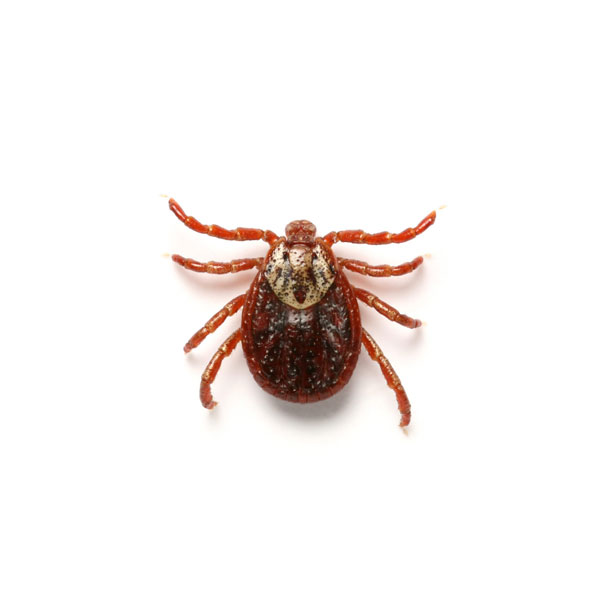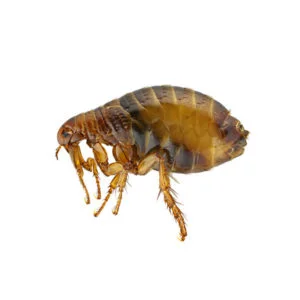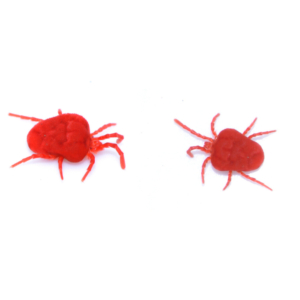American Dog Ticks in San Angelo
The American dog tick is found in areas east of the Rocky Mountains and a few western states like California, Idaho, and Washington. As its name implies, this tick species is most commonly found on dogs, but it is also willing to attach itself to larger animals such as mice, deer, cattle, horses, and even humans. Unfortunately, both pets and humans are at risk of contracting diseases like Rocky Mountain Spotted Fever and Tularemia from a single tick bite.
American dog ticks are resilient and can survive for up to 2 years at any stage of their life cycle if they don’t find a host to feed on. This extended survival ability adds to the potential risks they pose to both humans and animals.
American Dog Tick Habitat
American dog ticks are commonly found in areas with sparse tree cover, such as grassy fields, scrubland, and along walkways and trails. In residential areas, overgrown shrubs, weeds, tall grass, and clutter can attract rodents that serve as hosts for immature ticks.
When it comes to adult ticks, they have a peculiar way of waiting for a potential host. They climb onto a grass blade or other low vegetation and cling to it with their third pair of legs. As a potential host, like an animal or a human, approaches the vegetation, the tick will wave its legs. When the host brushes against the vegetation, the tick seizes the opportunity and grabs onto the passing creature or person. This behavior allows them to attach themselves and start feeding on their chosen host.
American Dog Tick Behaviors, Threats, or Dangers
The highest risk of tick bites occurs in spring and summer, with adult female ticks being the most likely to bite humans. Both nymphs and adult ticks can transmit diseases like Rocky Mountain Spotted Fever and Tularemia, making tick prevention crucial.
To protect yourself from tick bites, it’s recommended to apply insect repellent containing an EPA-registered ingredient, such as DEET. Additionally, consider wearing long-sleeved shirts and pants, preferably in light colors to make ticks more visible, and tuck your pants into your socks. These simple measures can help reduce the risk of tick bites and the potential transmission of tick-borne diseases.
If you are dealing with a tick problem, contact your local tick control experts for assistance.




